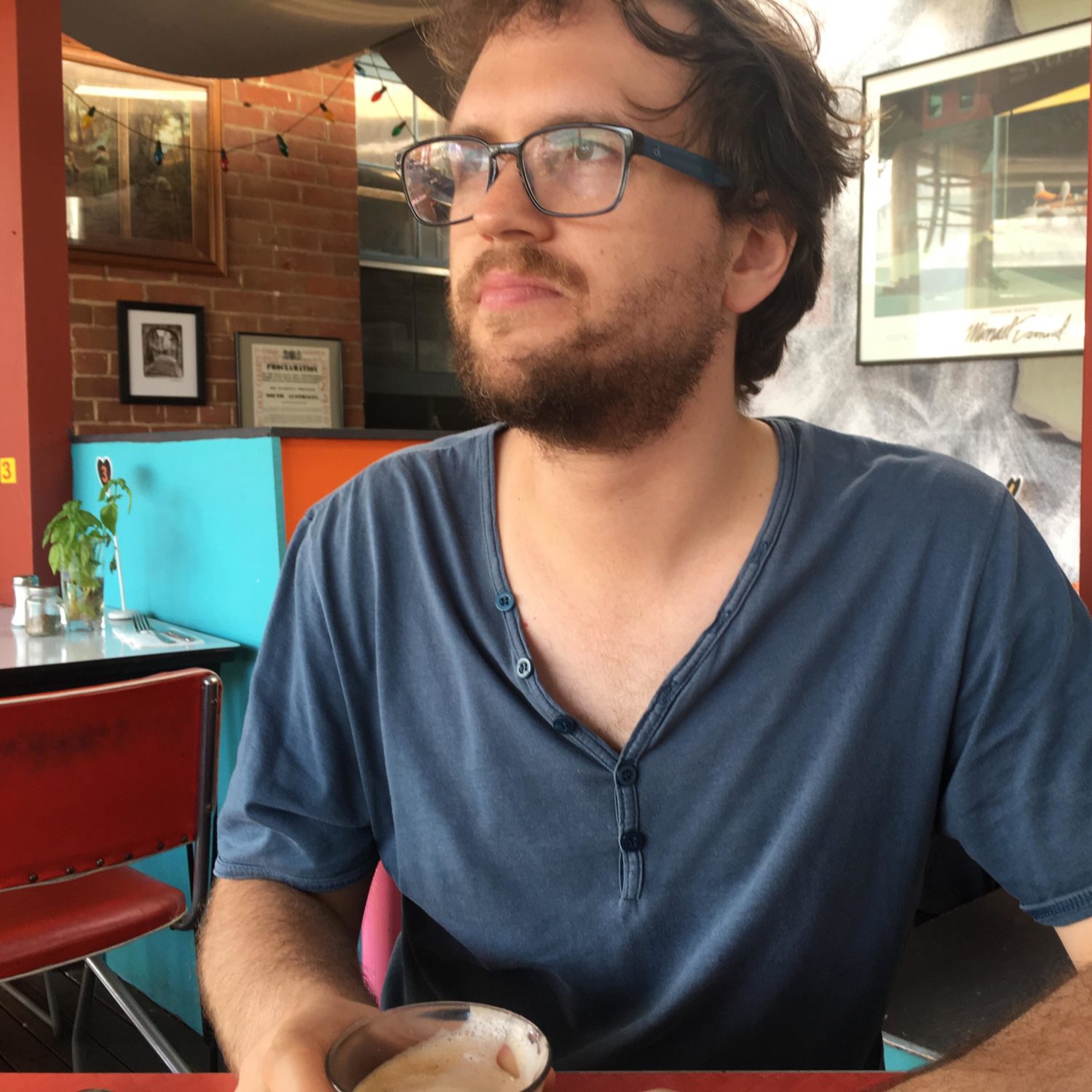After several months away I have decided to get back in the saddle and get back to updating this blog. I’m sorry for disappearing for a while but I’m back now. Over the last few months I’ve been playing around with a few things which I plan to quickly run through today.
Firstly I have switched over to the Dvorak key bindings on my keyboard. Dvorak is just different layout for the keys on the keyboard such that you don’t need to stretch as far to hit the commonly used keys. As a result typing related injuries are greatly reduced and in some cases people improve their typing speeds. Before using Dvorak I didn’t consider myself a good QWERTY typist so I also used this opportunity to teach myself to correctly touch type. I used a combination of the fabulous GNU Typist and ABCD: A Basic Course in Dvorak. Another change that I have made to my typing is a change in keyboard. I have switched over to the Microsoft Ergonomic Destop 4000 as recommended by the users at Stack Overflow. It’s great keyboard once you have adjusted to the greater split between your hands and the slightly curved keys, highly recommended. You really only notice how good this keyboard is once you switch back to a standard keyboard. I think the same applies to the Dvorak key bindings.

Secondly I have been playing around with a few different libraries in C and C++. The first of which is NCurses which is a library that is used to create TUI’s in the terminal. NCurses works by treating the terminal as a grid and allows the creation of Windows, forms and menus. It’s a lot of fun to play around with. I found this site particularly useful for learning the ins and outs of NCurses. If you enjoy playing around with NCurses then I suggest you try the Curses Development Kit. I started programming a platformer game with the terminal but I the jumping didn’t go as smoothly as I would have liked so I abandoned that project. In the future I’d like to work with NCurses for another project.
Another library that I have been playing around with is SimpleDirect Media Layer(SDL). The SDL library allows you to integrate audio, images, pixel manipulation, keyboard handling and much, much more into your programs. It is commonly used to created 2D games but also has the functionality to work with OpenGL. Learning SDL has been very enjoyable and exciting. I have been through all of the excellent tutorials by LazyFoo and intend to implement a draughts game which I will cover later. The SDL Documentation is also very good and highly recommended.

Probably one of the biggest changes to occur in the last few months is the fact that my family is now on Naked ADSL. Previously we were on dial up since the distance between our house and the telephone exchange was too far and hence the signal degeneration was too high. But with Naked ADSL, in particular Internodes Naked ADSL Extereme we were able to just get Naked ADSL despite the fact that our line attenuation is still very high. With Internodes Naked ADSL Extreme, the ADSL signal is pushed further since Agiles’ DSLAMs don’t have to worry about handling the PSTN side of things. The switch to Naked ADSL has been great and Internode has been very responsive to any problems we have had. I’ve been enjoying a lot of unmetered content from Steam and Games.on.net.

With the switch to Naked ADSL also came the switch to Ubuntu Linux. I had been using Ubuntu on my Acer Aspire One netbook for several months and have been really enjoying using it. I did try to setup before on my desktop but things were too tedious and not always functional with Linmodems. Currently I use Ubuntu as my primary partition and I switch to Windows Vista for gaming.
I’ve also been doing alot of gaming over the break, possibly too much. Notable titles that I have been playing are Farcry 2, GTA 4, Metal Gear 1-2, Metal Gear Solid 1-2, Wario Shake Dimension and Mega Man Powered Up. I am currently playing GTA4 and some Pixel Junk Eden on the side. As usual there is a mountain of games to play which is never a bad thing.

That pretty much concludes what I have been doing over the last few months. I almost forget my twin brother returned from Shanghai, you can read about that at PrimeScape or read his games blog at DanielPrimed.com. As you may have noticed there are some small tweaks to the site. The most notable one is the Current Projects Box on the side. Within the next few days I will post up the details about that. Stay tuned.







